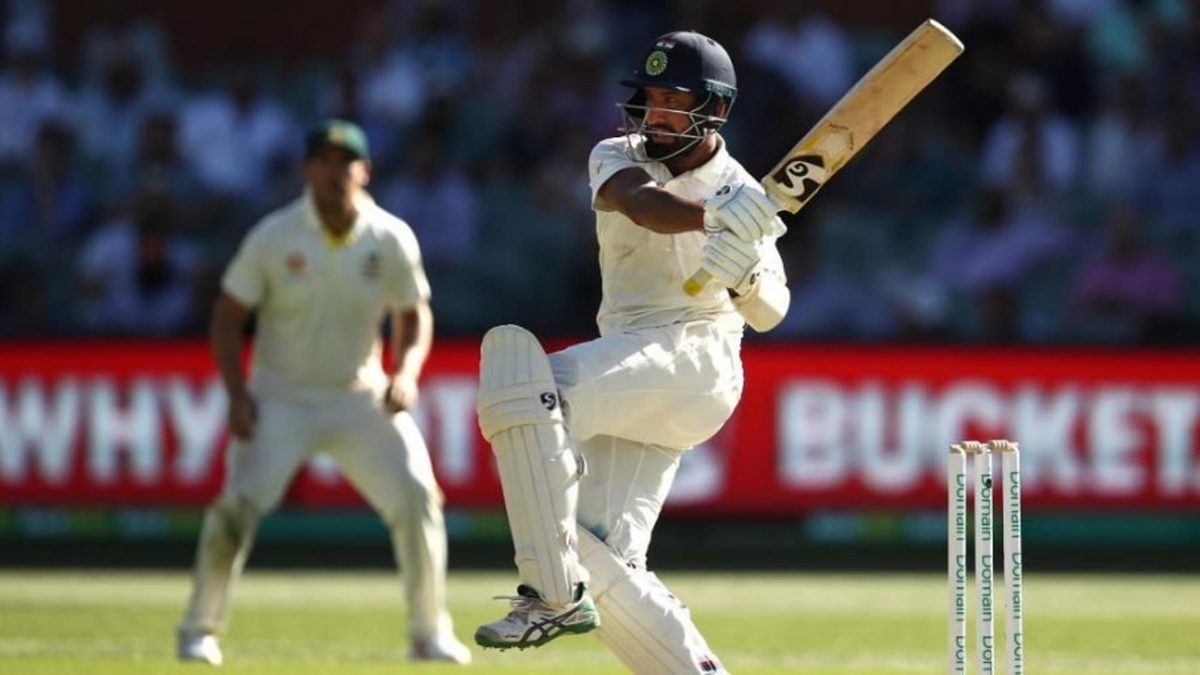
Much of the conversation around India’s performance in the third Test at Sydney have revolved around Cheteshwar Pujara, a player who top-scored in the first innings, but did so too slowly for many fans’ and pundits’ liking.
There were many facets to the criticism: that Pujara was heaping pressure on his teammates, who were also struggling to score quickly; that his first thought should be to score, rather than defend, in order to make Australia rethink their plans; that a ball too good was bound to come along eventually, and it’s preferable to have as many runs on the board as possible by that point; and that Pujara needed to go on to a match-defining score to justify his caution.
An interesting strand came on the fourth day, when Australia’s Steve Smith, batting against a depleted bowling attack and with the cushion of a dominant match position, nevertheless scored with a similar sluggishness to Pujara. Some pointed out that, in their opinion, Smith was justified in doing so because he knew he could catch up, as he did so with a blitz after lunch, whereas Pujara only ever bats in one gear.
However, that paints too simplistic a picture. Pujara is eminently capable of changing his tempo as per the requirements of a situation, and his customary method is to dig in to start with before expanding. Maybe, just maybe, a batsman with 18 hundreds and an average nearing 50 knows a thing or two about the rhythms of Test match batting. Below are five examples of Cheteshwar Pujara shifting gears significantly once set.
123 (246) v Australia, Adelaide, 2018
First 50 runs: 153 balls
Last 73 runs: 93 balls
Perhaps Pujara’s finest Test innings included a typical speed-up. In the company of India’s specialist batsmen, he dug in and took his time, before looking to rotate the strike with more urgency as wickets started to fall. When the eighth wicket fell, with the No.3 still 11 short of his ton, he took off, smashing 34 off 17 balls before being run out.
204 (301) v Australia, Hyderabad, 2013
First 50 runs: 114 balls
Next 100 runs: 116 balls
Pujara took his time to get set after coming in to face a still-new ball, but played the dominant role in his triple-century stand with Murali Vijay, scoring at nearly a run a ball between his 50 and 150, having scored at less than a run every two balls until that point.
153 (270) v South Africa, Johannesburg, 2013
First 45 runs: 125 balls
Next 65 runs: 43 balls
One of the greatest Tests of modern times saw one of Pujara’s most significant switch-flicks. Against a high-class South Africa attack, featuring Morne Morkel, Jacques Kallis, Dale Steyn and Vernon Philander, Pujara took his time to reach fifty as India looked to build on a lead before charging on afterwards, at one point hitting five boundaries in eight balls.
206* (389) v England, Ahmedabad, 2012
First 50 runs: 67 balls
Next 50 runs: 123 balls
Something a bit different, this innings showed Cheteshwar Pujara can shift down the gears as well as up them. Batting in Virender Sehwag’s slipstream as the swashbuckler got off to a flier, he dug in as India experienced a mini-middle-order slide, eventually finishing with a career-best score having helped build a match-winning total.
159 (306) v New Zealand, Hyderabad, 2012
First 50: 119 balls
Second 50: 50 balls
Third 50: 110 balls
Pujara’s maiden Test century should have told us all we needed to know, including not one gear shift but two. A blitz to get to his century presaged a slow down as he built towards a daddy hundred, as India won by an innings.








